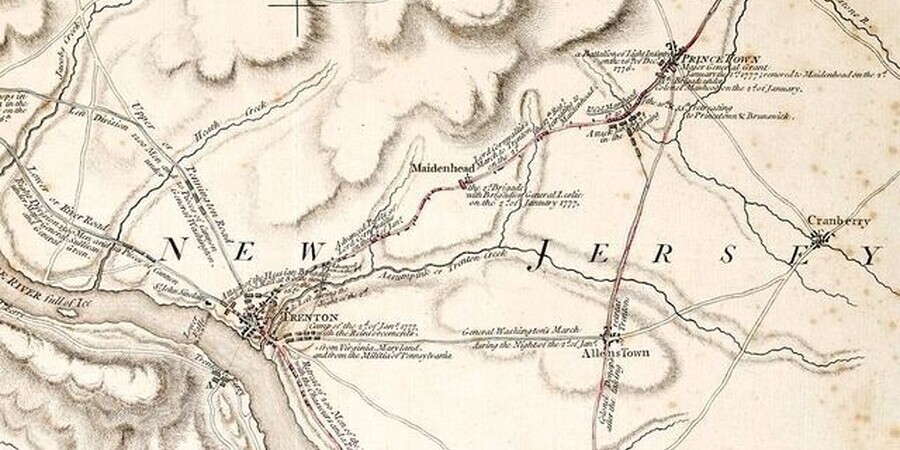NEW JERSEY - It's one of the most persistent geographical myths in the region: that the Mason-Dixon Line, the famed symbolic boundary between the North and the South, cuts through the southern portion of New Jersey. While it's true that parts of South Jersey lie geographically south of the line, the historical and surveyed boundary itself never actually entered the Garden State. The story of the line is a fascinating tale of colonial disputes, expert surveying, and evolving cultural significance.
The Original Purpose: A Colonial Border Dispute
The Mason-Dixon Line was not created to divide the North from the South, but to settle a long and often contentious border dispute between two colonial families: the Penns of Pennsylvania and the Calverts of Maryland. To finally establish a clear and official boundary, two expert English surveyors, Charles Mason and Jeremiah Dixon, were hired. Between 1763 and 1767, they meticulously surveyed and marked the territory.
Where the Line Actually Is
The historic survey conducted by Mason and Dixon established two primary borders:
- The Southern Border of Pennsylvania: This is the most famous segment, an east-west line separating Pennsylvania from Maryland and what is now West Virginia.
- The Maryland-Delaware Border: The line also runs north-south, forming the majority of the border between Maryland and Delaware.
New Jersey's border with Pennsylvania was, and still is, defined by the Delaware River—a separate and distinct boundary that had nothing to do with the Mason and Dixon survey.
Why the Confusion?
The confusion often arises because some of New Jersey's southernmost counties, like Cape May and Cumberland, are geographically located south of the latitude of the Mason-Dixon Line. If you were to extend the line eastward from Maryland, it would indeed cross through South Jersey.
However, the cultural significance of the line as the divider between free and slave states developed later. After Pennsylvania began to abolish slavery in the late 18th century, the Mason-Dixon Line became a symbolic threshold to freedom. This symbolic meaning was further cemented during the debates over the Missouri Compromise in 1820 and the Civil War, solidifying its place in the American imagination as the official start of "the South."
While Southern New Jersey may share some cultural and geographical similarities with its southern neighbors, the historical fact remains that the Mason-Dixon Line does not pass through the state. It is a specific, surveyed boundary with a clear and fascinating history of its own, separate from the Garden State.
Sources:
- The Historical Society of Pennsylvania
- The Maryland Historical Society
- West Jersey History Project
- Encyclopedia Britannica
- PolitiFact New Jersey


